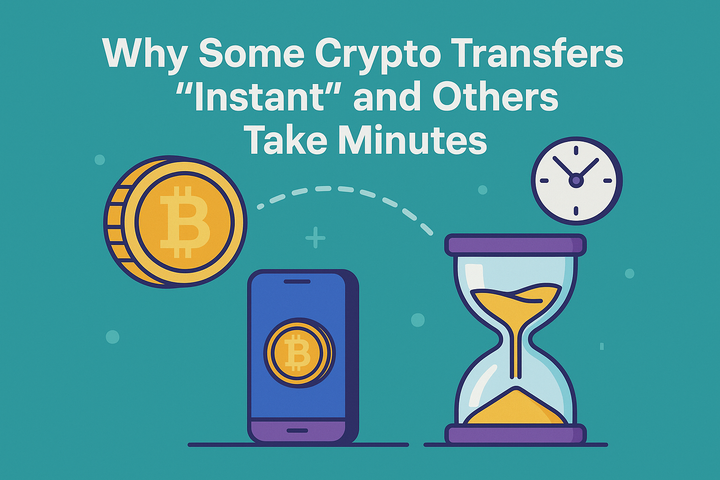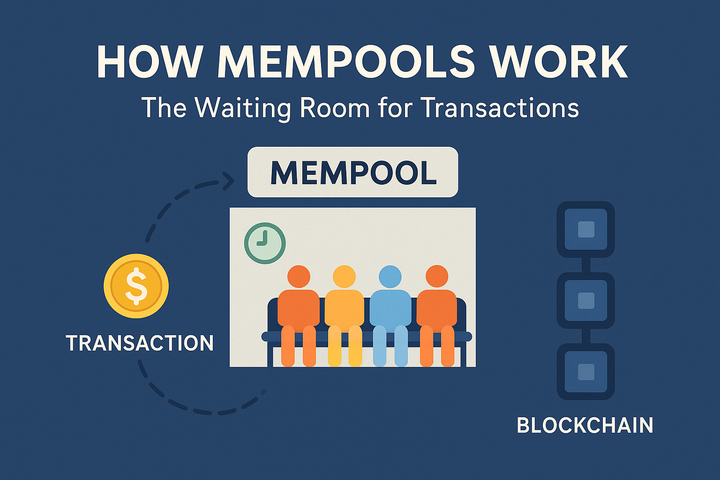DeFi Under Siege: Inside the $70 Million UPCX Hack and April’s $100 Million+ Security Meltdown

Summary
April 2025 proved to be a turbulent month for decentralized finance (DeFi), as attackers exploited both on-chain vulnerabilities and off-chain security lapses to siphon off over $100 million in user funds. At the forefront was the $70 million UPCX hack, where a compromised private key enabled a malicious smart-contract upgrade and drain of 18.4 million UPC tokensHalborn. Other notable exploits included a $7.5 million price-oracle attack on KiloEx, a $5 millionillicit mint on ZKsync’s airdrop contract, and a $5.8 million under-collateralized loan exploit on LoopscaleHalborn. These incidents underscore persistent risks—compromised keys, flawed access controls, and oracle weaknesses—and highlight the urgent need for more rigorous audits, multisignature governance, and end-to-end security frameworks in DeFi protocolsAInvest.
Introduction
Decentralized finance promised permissionless, borderless access to financial services—but in April 2025, DeFi’s foundations were tested like never before. When UPCX, an open-source crypto payment platform, lost $70 million to a single exploit, alarms reverberated across the industry. April’s hacks didn’t discriminate: from price-manipulation to private-key compromises, every major DeFi niche was hit. This article unpacks:
- The UPCX Breach: how it happened and what it teaches us.
- April’s Top Exploits: a roundup of other high-value incidents.
- Root Causes & Lessons: the weaknesses that attackers keep exploiting.
- Strengthening DeFi Security: best practices and emerging standards.
By the end, you’ll understand not only where DeFi went wrong, but how we can build more resilient protocols going forward.
1. The UPCX Breach: Anatomy of a $70 Million Loss
1.1 What Happened?
On April 1, 2025, UPCX detected “unauthorized access” to a management account that allowed an attacker to perform a malicious upgrade to its ProxyAdmin contract and invoke the withdrawByAdmin function—draining 18.4 million UPC tokens (≈ $70 million)Cointelegraph. Within minutes, the attacker moved all stolen tokens to a single wallet, halting further conversion attempts as of press timeCryptoSlate.
1.2 Root Cause: Compromised Private Key
According to post-mortem analyses, the breach stemmed from a compromised private key tied to a privileged admin address. Once the key was exposed—likely via social engineering or malware—the attacker could bypass normal controls and rewrite contract logicHalborn.
🔍 Learn more: See our Glossary entry on smart contract security for the basics of ProxyAdmin risks and upgrade patterns.
1.3 Immediate Response
UPCX promptly:
- Paused deposits & withdrawals to contain the breach.
- Transferred remaining tokens under their control to a secure wallet.
- Engaged security firm Cyvers for forensic investigation.
Nonetheless, UPCX token ($UPC) saw a 7 % price dip—from $4.06 to $3.77—reflecting shaken investor confidenceCoinNews | Unbiased Crypto News..
2. April’s Top DeFi Exploits
While UPCX dominated headlines, three other major hacks pushed April’s total losses past $100 million:
2.1 KiloEx: Price-Oracle Exploit (≈ $7.5 M)
An attacker exploited access control and input sanitization flaws in KiloEx’s price oracles. By chaining function calls, they artificially depressed a token’s price, opened a leveraged position, then inflated the price to profit—netting $7.5 million across Base, BNB Chain, and Taiko networksHalborn.
2.2 ZKsync Airdrop Exploit (≈ $5 M)
Through a compromised admin account, the attacker minted 111 million ZK tokens—worth roughly $5 million—from the unclaimed-airdrop contract. The funds were later returned under a 10 % bug-bounty agreement, but not before causing a major governance headache for the Layer-2 networkHalborn.
2.3 Loopscale Flash-Loan Attack (≈ $5.8 M)
Loopscale, fresh from security audits, fell victim to a rate calculation bug in its RateX PT tokens. Narrow under-collateralized loans let the attacker drain $5.8 million before community-negotiated restitution occurredHalborn.
3. Root Causes and Lessons Learned
April’s hacks reveal three recurring vectors:
3.1 Private-Key Compromise
Relying on single private keys—even for admin roles—remains perilous. UPCX and ZKsync both suffered when keys fell into the wrong handsHalbornHalborn.
3.2 Oracle & Access-Control Bugs
Misconfigured oracles (KiloEx) and lax function authentication (Loopscale) highlight the need for formal verificationand robust ACLs in smart contractsHalborn.
3.3 Insufficient Audit Depth
Loopscale’s vulnerability survived initial audits, suggesting that standard audit checklists must evolve to cover edge-case economics and complex upgrade pathsMedium.
🔍 Deep dive: Check out our Blockchain Foundations series for guides on smart-contract best practices and formal methods.
4. The Road Ahead: Fortifying DeFi
To stem the tide of catastrophic breaches, DeFi protocols must embrace:
4.1 Multisignature & Threshold Keys
Distribute administrative authority across multiple parties via Gnosis Safe or Threshold Signatures, making single-key compromises far less damagingAInvest.
4.2 Continuous Audits & Bug Bounties
Adopt ongoing audit frameworks and incentivize white-hat disclosure (e.g., via Immunefi), so vulnerabilities are caught before attackers strikeAInvest.
4.3 On-Chain Monitoring & Alerts
Implement real-time transaction pattern analysis—flagging unusual upgrade calls or withdrawal spikes immediately, rather than post-mortemCryptoSlate.
4.4 Formal Verification & Simulation
Use tools like Certora or Scribble to formally verify critical modules, and simulate attack scenarios against forked testnets to uncover hidden edge casesMedium.
Conclusion
April 2025’s wave of DeFi hacks—led by the $70 million UPCX exploit—serves as a stark reminder that security is a process, not a checkbox. As DeFi scales toward mainstream adoption, protocols must invest in multisig architectures, continuous testing, and community-driven audits to protect user funds and trust.
- Practical Takeaway: If you’re building or deploying funds on DeFi, insist on multisig admin keys, enroll in active bug-bounty programs, and monitor on-chain activity in real time.
- Future Implication: Can the industry coalesce around shared security standards—akin to ISO certifications in traditional finance—to make DeFi safer by default?
DeFi’s promise of financial inclusion hinges on robust defenses. The next time a $70 million exploit strikes, let it be a learning moment, not a repeat catastrophe.
Internal Links
- Liquidity TVL Glossary
- Expedition Boosts
- Straddle Vault
- Mitosis University
- Mitosis Blog.
- Mitosis Core: Liquidity Strategies.
References
- Explainer: The UPCX Hack (Halborn) Halborn
- April 2025 DeFi Hacks Month–In–Review (Halborn) Halborn
- Hacker transfers $70M from UPCX (Cointelegraph) Cointelegraph
- UPCX halts transactions after breach (CryptoSlate) CryptoSlate
- $198M Gone: Top Crypto Hacks (Nefture/Medium) Medium
- DeFi hacks surge 124% in April (AInvest) AInvest
- UPCX price drop and response (CoinNews) CoinNews | Unbiased Crypto News.
- Crypto hackers steal $92M in April (Cointelegraph) Cointelegraph
- Crypto Hackers Plunder $92M from DeFi (Binance Research)



Comments ()